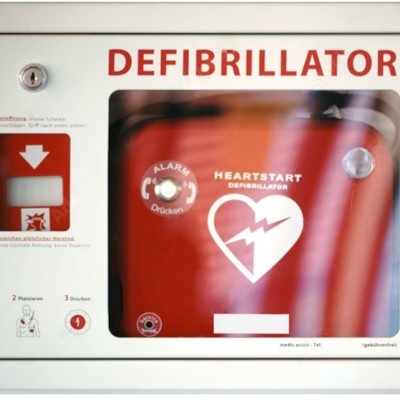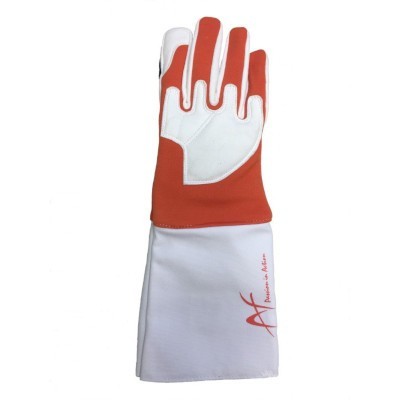AED Automated External Defibrillator

AED Automated External Defibrillator.
In the context of sports associations, the adoption of safety measures and the well-being of participants should be fundamental priorities. Among the various precautions that can be taken, the installation of an External Automatic Defibrillator (EAD) represents a crucial step towards the protection and safeguarding of human life. In this text, we will explore the importance of having an EAD within sports associations and how it can contribute to ensuring a safer environment for athletes and all those involved.
Starting with the Balduzzi decree, from which an excerpt is provided:
From July 1st, 2017, every sports facility must be equipped with a semi-automatic or more advanced technology defibrillator;
During competitions, a person trained in the use of the life-saving device must be present;
The aforementioned obligations apply to all amateur sports clubs or associations that practice one of the 396 sports disciplines recognized by CONI (December 20, 2016 resolution, No. 1566, of the National CONI Council).
Amateur sports clubs or associations that practice their activities outside of a sports facility are exempt from the defibrillator requirement and the mandatory presence of trained personnel during competitions.
Likewise exempt from the mentioned obligations are amateur sports clubs or associations that engage in sports with reduced cardiocirculatory involvement, the list of which is contained in Annex A of the decree (for example: bowling, bocce, checkers, and darts, to name a few).
The heart is a vital organ that drives blood circulation and the oxygenation of the body. In sporting events, athletes often subject their hearts to intense physical stress, increasing the risk of cardiac complications. This is where the importance of having an EAD comes into play. This device can be the difference between life and death in cases of sudden cardiac arrest. The EAD is designed to deliver an electric shock to the heart in the event of abnormal heart rhythm, restoring normal heartbeat and giving first responders valuable minutes to intervene before medical professionals arrive.
Sports associations are spaces frequented by athletes of various ages and levels of preparation. This diversity entails a range of medical conditions and health concerns. Even young and seemingly healthy athletes could be prone to cardiac issues that may manifest suddenly. A well-positioned and easily accessible EAD can help minimize risks associated with these situations. Rapid intervention is crucial in cases of cardiac arrest, and having an EAD at hand can make the difference between survival and worse outcomes.
Furthermore, the installation of an EAD within sports associations sends an important message to all participants and even to the parents of young athletes present within the confined spaces; it demonstrates the association's commitment to the safety and well-being of those involved. This can create a more welcoming and reassuring environment for athletes and their families, encouraging participation and positively contributing to the association's image. The sense of being in an environment that cares for its members can enhance the sense of belonging and foster a positive atmosphere.
In addition to athletes, coaches, staff, and anyone within the space should not be forgotten. Coaches are often the first to respond in emergencies, and having access to an EAD can increase their confidence in dealing with critical situations. Anyone within a confined space could benefit from the presence of an EAD, as cardiac incidents can affect anyone, even outside the athletic context.
In summary, the installation of an External Automatic Defibrillator within sports associations is a decision that reflects responsibility, care, and attention to the safety of all participants and attendees. This device can make the difference between life and death in cases of sudden cardiac arrest, offering the opportunity for swift and effective intervention. Beyond the practical aspect, an EAD can contribute to creating a more welcoming and reassuring environment, improving the association's image and promoting a sense of community among athletes, families, coaches, and general staff.




Comments
No comment at this time!
Leave your comment